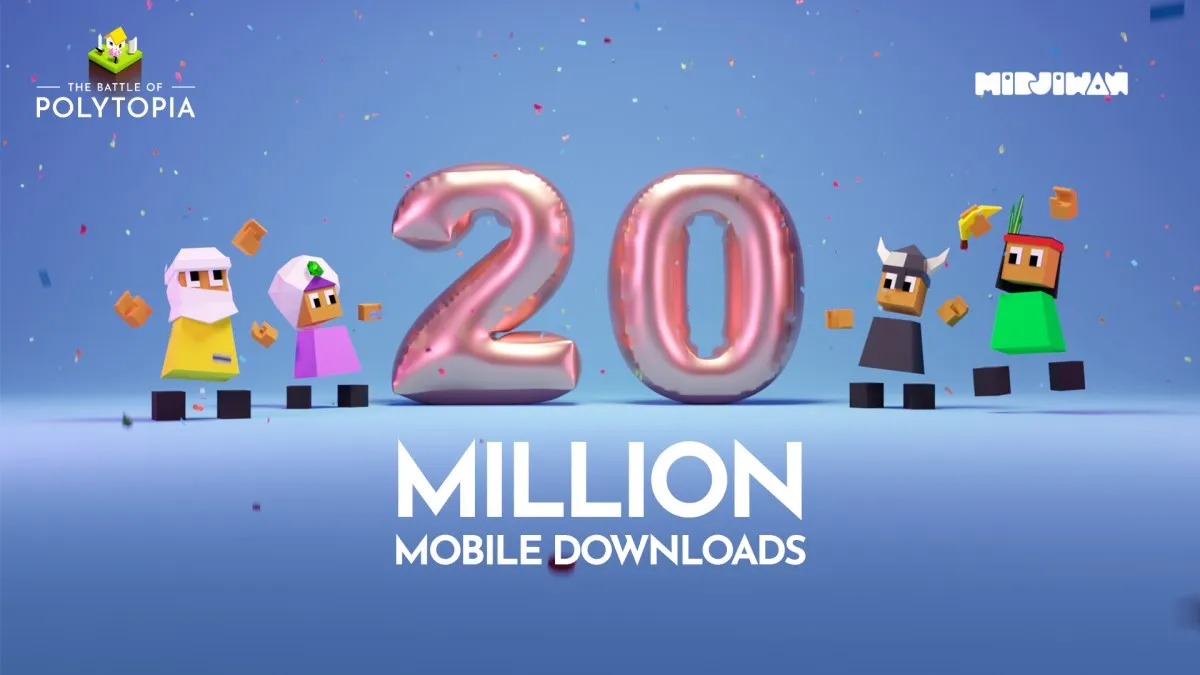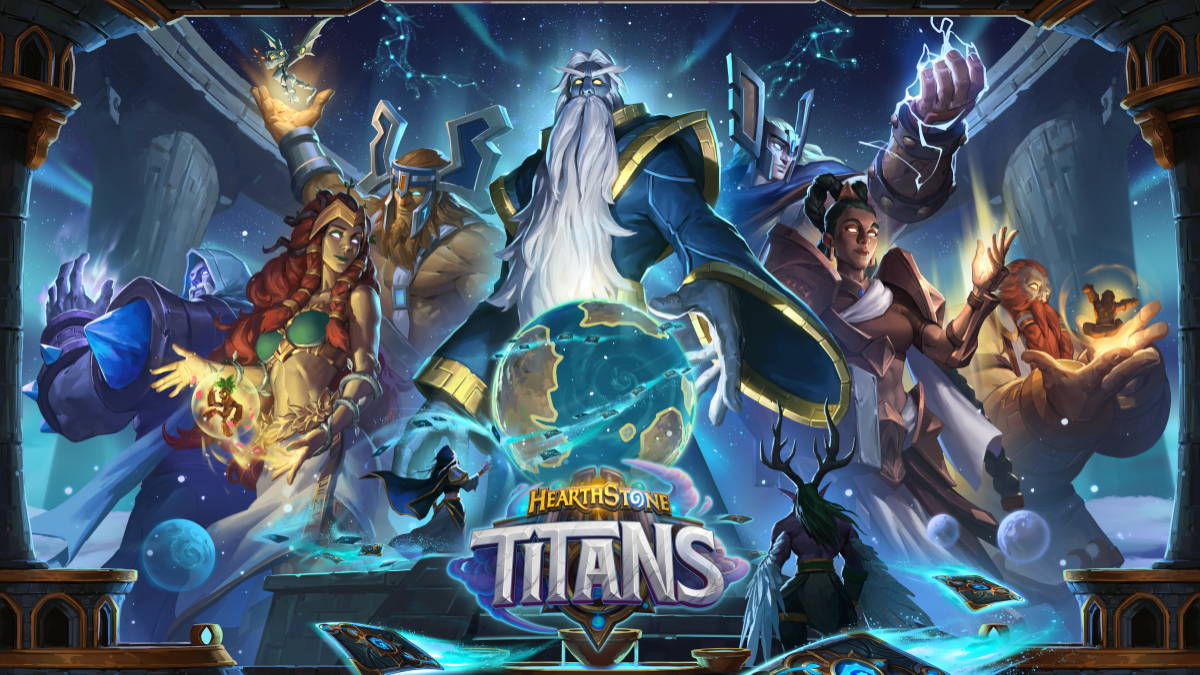We recently had the pleasure of sitting down with Operation Flashpoint: Red River’s Principal Game Designer, Tim Browne, to chat about the root of the game’s inspiration, how difficult it is to create enemy A.I. and the difference between ‘authenticity’ and ‘realism’.
If you missed last week’s hands-on preview of Red River you can catch up with it here.
IncGamers: As Principal Game Designer, what’s your day-to-day role on the team?
Tim Browne: I run the core design team. There’s a mission design team, who create the missions, and a core design team that do all the mechanics; things like how the guns feel, how many bullets each gun has, how depth of field is applied etc. There’s a lot of stuff going on in terms of mechanics and I run that team.
Any major inspirations when it came to constructing the ‘feel’ of Red River?
From a movie, media and documentary point of view we looked at stuff like Restrepo and Generation Kill. ‘Gritty’ is probably a good word for what we wanted. Dragon Rising was quite clinical in that all the weapons and vehicles looked as though they’d just been shipped out [to the war zone] but now the weapons look as though they’ve been well used.
We did a lot of research into the United States Marine Corps and they don’t tend to get brand new stuff all the time so the guns will be scratched, they’ll have bits duct taped onto them and they’ll be marked with Tipp-Ex and that sort of thing. It was that kind of attention to detail that we wanted to bring to this game. If you look at the Humvee’s they’re marked with green and yellow paint on the underside as though it’s been used elsewhere and has just had new paint coated over the top of the old stuff.
Operation Flashpoint (in the past, at least) has gone for a more realistic approach to warfare than many other shooters on the market. Can a game be too realistic?
We wanted to go for something as authentic as we could while also making the game is fun and accessible, that’s the key thing. When I think of ‘realistic’ I tend to think ‘simulator’. Whereas when I think ‘authentic’ I think of something that is cool but also fun. We didn’t want to make a simulator. This is not a mil-sim (military simulator).
The original Flashpoint is a mil-sim, with Dragon Rising we were making a tactical shooter. Red River is definitely what we call a tactical shooter but it’s far more accessible than Dragon Rising was. One of the qualms that people had was that Dragon Rising was a bit difficult for anyone coming from the arcade shooters. One of the things we wanted to focus on this time around was accessibility; you need to include tutorials and help text, for example.
Certain things we didn’t want to change though. One bullet can still kill. It’s still a hard game but it’s fair, so we wanted to make sure that if the player died they knew why they died and what they could do differently in the future.
How difficult is it to incorporate that accessibility without alienating fans of the previous games?
One of our concerns was that if we made it too accessible, or what people often refer to as ‘dumbed down’–. We certainly haven’t dumbed it down. As in Dragon Rising, the game you play in Hardcore mode is the same as the one you play on the easier settings only with certain assists (such as aim assists and radars), these magical abilities that you don’t have in real life, turned off.
One of the things we wanted was player choice. So if you don’t like the tutorials, if you don’t like the help text, if you don’t like the HUD you’re able to customise it or turn it off completely. If people don’t want something then they don’t have to use it. It’s the same idea with the unlocks, people were saying they were a bit too much like perks from other games but ours are nowhere near as arcadey.
For example, I don’t get to call in a helicopter that flies in, kills everyone on the map, and flies away again. Ours are things like improved accuracy or being able to reload faster, just as someone who had gone through a lot of training would be able to do. But, again, if people feel those kinds of things are ‘dumbing the game down’ there’s nothing stopping them from not using them. It’s purely player choice.
Co-op is clearly a big focus. Will players get a worthwhile experience playing by themselves alongside A.I. squad-mates?
A.I. is notoriously hard to do; you’re never going to get A.I. better than human players, be it good or bad because, y’know, I’ve played plenty of games in which my ‘team mates’ seem to shot me a lot. The co-op element was something we really wanted to focus on from the start as it’s far more fun to play with friends. The single player is definitely fun and the A.I. has been heavily improved since the last game but, this is a game that’s based around co-op.
That’s the reason for inclusions such as join-in-progress. Say I’m playing a mission and I’m having issues with a certain section and a friend comes online that I know to be a shit-hot scout, I can just send an invite and that person will replace one of the A.I. That was a feature that we decided right at the start that we had to have.
Dragon Rising’s location, the Island of Skira, was a pretty big place. How does Red River’s environment compare?
The map is 20km by 10km, although areas of that have been reserved for the standalone multiplayer modes. It’s a very big area to play over. We do have mission boundaries to prevent the player from wandering off completely but they’re pretty generous. Any of the objectives can be attacked from 360 degrees so, for example, you might be attacking a fort and you’ll be able to go in through the front gate, attack through holes in walls or go in through the back. Again, it’s about player choice and allowing players to decide how they want to play.
What do think Flashpoint veterans are going to see as the big improvements from the last game to this?
Graphically the game has come on leaps and bounds; I personally still think it looks stunning each time I boot it up. The narrative is also a lot better than the last game. There’s more variety in the missions and Hardcore has been tweaked.
In Hardcore there’s nothing on the screen at all whereas before there was a chat box. We listened to what the community had to say and decided to remove everything. It’s quite daunting to play on Hardcore but it really is aimed at the ‘hardcore’ players.
Recommended Videos
PC Invasion is supported by our audience. When you purchase through links on our site, we may earn a small affiliate commission. Learn more about our Affiliate Policy
Author
Paul Younger
Founder and Editor of PC Invasion. Founder of the world's first gaming cafe and Veteran PC gamer of over 22 years.
We have upgraded our commenting platform! Existing comments will be imported over the next few weeks.






Published: Mar 1, 2011 04:29 pm